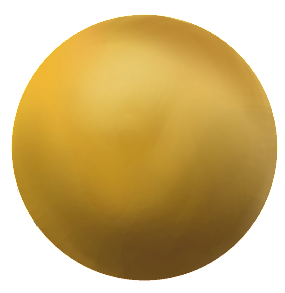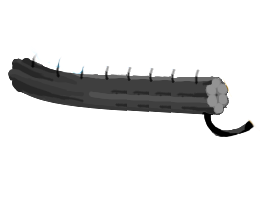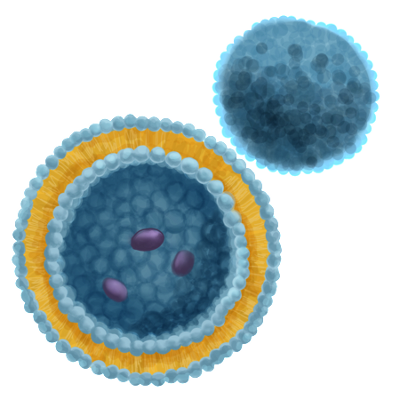The idea of this project was to create a multifunctional three-part system in a cost efficient and scalable manner. In order to achieve this, we have chosen to a assemble functional nano-robot capable of a variety of tasks at the nano- and micro-scale. The technique of DNA origami was chosen as a linker between the components due to the numerous advantages it offers in scability, functionality and the precise assembly of nanostructures. Since each component of the nanorover has a functional aspect, we plan to devise appropriate experiments to model and detect the functionality for the different components:




Controlled motion of the Dynabeads in a Helmholtz coil system
Quantifying the size/concentration of the liposome


Liposome modification for functional aspects
Assembly of the three-part system aided by DNA origami


Functional applications of the Nanorover
Bursting of the liposomes with peptides


Liposome encapsulation